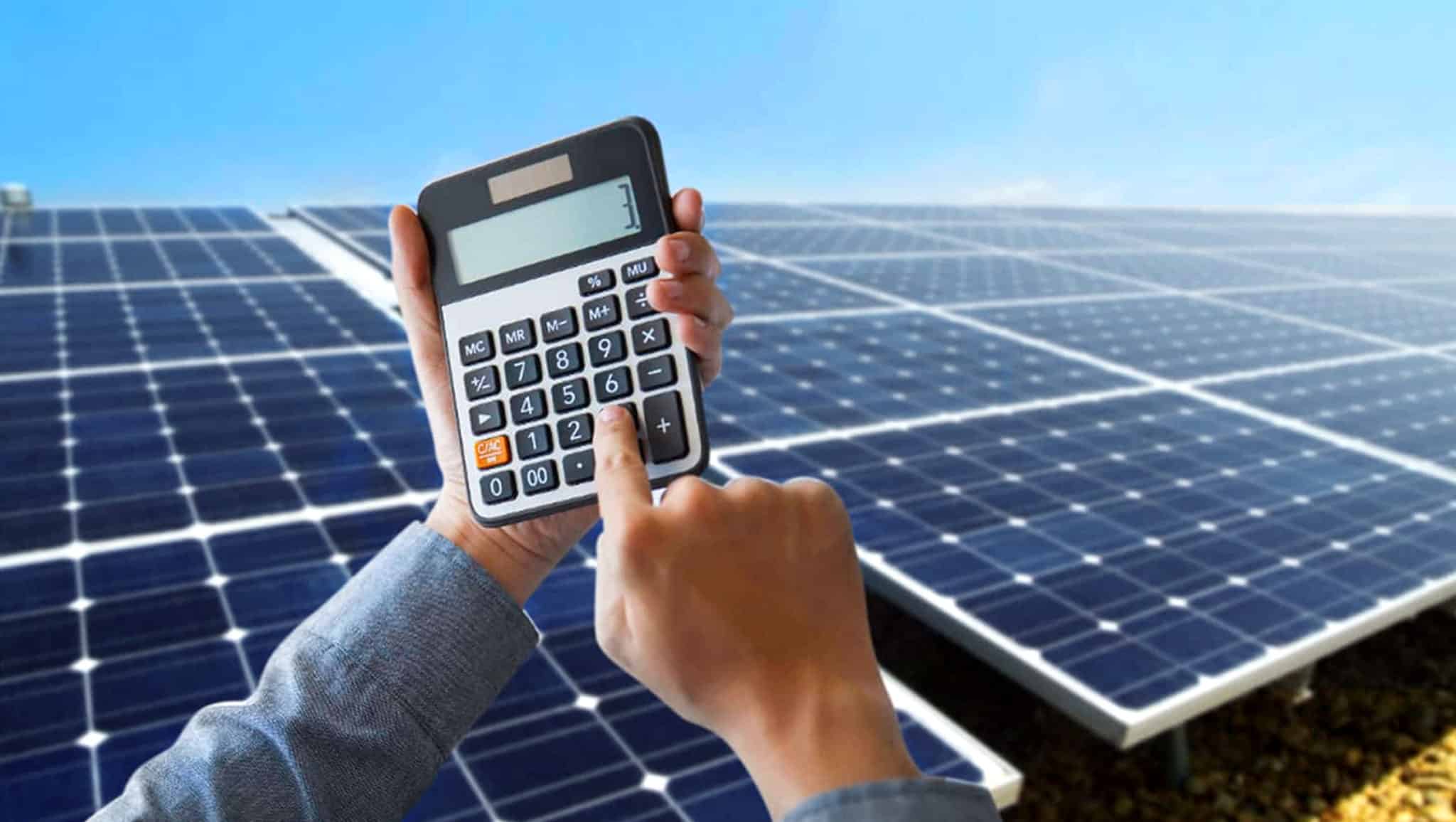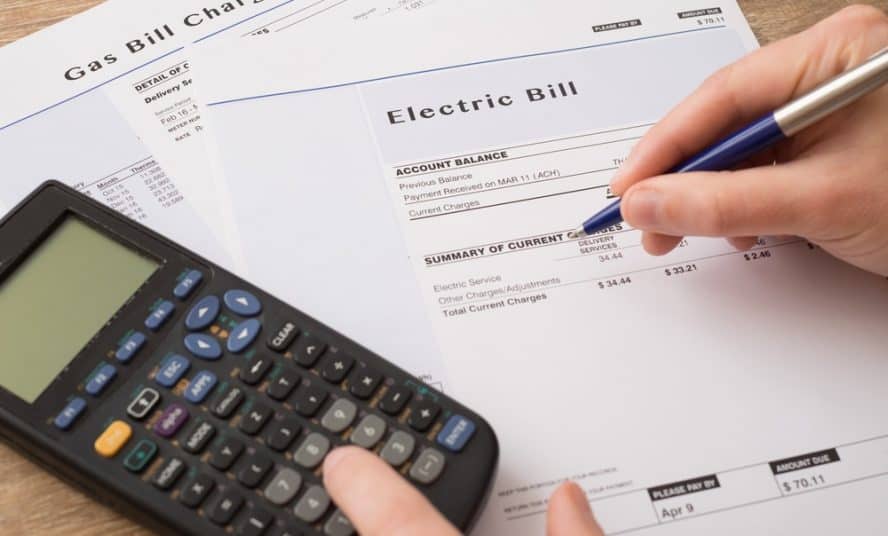The quick and not-so-dirty way to calculate how much solar you need

If you’ve read any of our stuff or taken any of our quizzes, you’d know that we are geeks. We love tough problems and the complicated solutions they inspire. But we also like having fun. More than anything, we love making things simple. So, here’s what we thought could really help you.
A method to calculate how much solar you need in less than two minutes. Ready?
Ok, step one: grab your latest utility (electricity) bill and a cup of coffee. The coffee is not to wake you up because this is a super simple exercise but because, you know, coffee is awesome. On that bill, check out how much power you’ve consumed last month. It would look something like the below:

What is a kWh? It’s a unit of energy. The above bill says that you consumed 294 units of energy from the grid. (FWIW: 294 is actually low. In 2021 the average US household consumed 886kWh in a month.)
Step 2: Once you have this number, divide it by 30 to get how much kWh you consume in a day. In this example it is roughly 10.
Step 3: Divide this number by the number of hours of “full sunlight” you get in a day. What does this mean? The sun is up for several hours a day, but the light is dim in the mornings and the evenings, so the average number of full sunlight hours is lower. For example, Las Vegas gets 6.37 hours of full sunlight whereas Jackson, Mississippi gets 4.47 hours. If you don’t know how many full sunlight hours you get, you can assume 5 and be none the wiser. In this example, divide 10 by 5 and you get 2. Therefore, you need 2kW of solar. If you are installing 420W panels (the most popular ones today), you need 5 panels.

Read More: How Many Solar Panels Do You Need?
And that’s it. Three easy steps. But if you want to geek out here are some things to sink your teeth into:
- We started with the latest utility bill but ideally you should calculate your average for the whole year to cover for all seasons (we receive more sunlight in summer (shocker!) and so on).
- The above calculation assumes you are designing a solar system for 100% of the electricity you consume today. There has been a lot of research on this topic. With net-metering (where the utility pays you back for the solar you produce and don’t consume) this works out to have the best payback across various scenarios. However, it doesn’t make any assumptions for the future. For example, if you plan to buy an EV, then perhaps you need to install more solar to be prepared for the future.
- On average, a solar panel is 5.4 feet by 3.25 feet. If your calculations exceed how much you can accommodate, you may have to scale it down.
- Ultimately, speaking to a local, trustworthy installer who understands how the utility company operates, what the state electricity codes mandate, and your current and future electricity needs will provide the best possible estimate. But all of them follow a version of the above but it gets more sophisticated as one includes things such as the direction the panels should be facing (south is always better), azimuth, irradiance etc. But now, you will be better prepared (even before you finish that coffee!).
